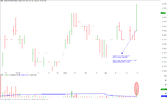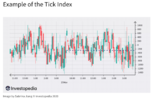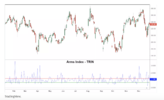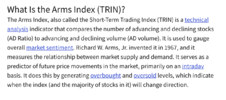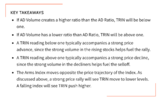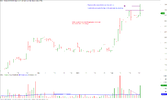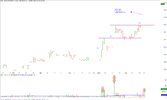tech/a
No Ordinary Duck
- Joined
- 14 October 2004
- Posts
- 20,447
- Reactions
- 6,477
Will be a topic as in how I use it (The Ladder) with Very fast volatile stocks.Supply and Demand in the Market Depth
Other than that The real action takes place at market I rarely take any notice of Depth.




